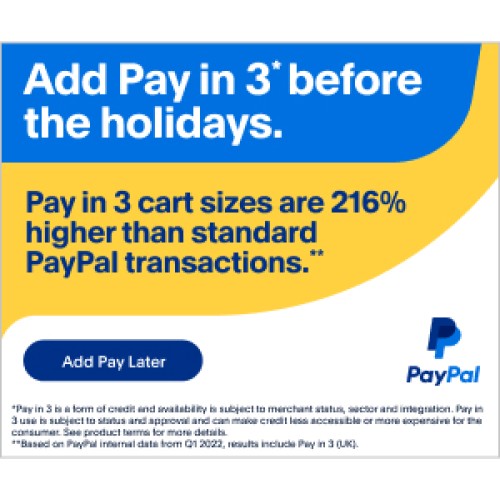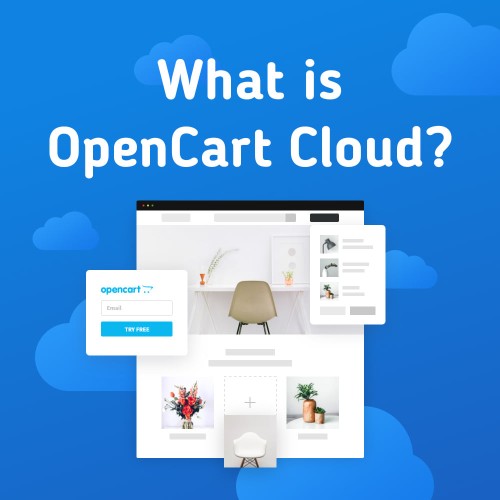Promoting your e-commerce site doesn’t always mean investing in ads or running promotions. You can always use content marketing to connect, engage, and convert potential customers. If you're looking to streamline your content creation process, consider integrating an efficient hr system into your workflow.
Let's delve into the fundamental aspects that constitute the essence of Ecommerce Content Marketing.
What is E-commerce Content Marketing
At its core, Ecommerce Content Marketing is when you create relevant highly engaging content tailored for your online audience. The content goes beyond product descriptions or simple blog posts. It encompasses videos, infographics, podcasts, blog content, and more. Simply put, content is the best marketing software there is.
Ecommerce Content Marketing goes beyond advertising. It educates your audience. Instead of directly promoting a product, it focuses on delivering information and insights that educate, entertain, or inspire the audience. By providing valuable content, businesses aim to establish trust, authority, and credibility among potential buyers. Remote work advisors and hiring experts can help you hire these developers either locally or remotely.
For example, an online fitness business can benefit from eCommerce content marketing by educating its customers. The company can sell courses or training sessions by highlighting their benefits through content marketing or blogging. Fitness businesses can even upsell products using software for gyms to improve sales.
Content marketing has generally been the mainstay of B2B marketing. With content you can automate every part of the B2B sales process. But that’s not to say for eCommerce it’s without its set of merits.
Why Ecommerce Businesses Need Content Marketing
1. Building Trust and Credibility:
Ecommerce Content Marketing allows businesses to showcase their expertise and knowledge in their respective fields. By offering informative content, companies can build trust with their audience. When customers perceive a brand as knowledgeable and reliable, they are more likely to make purchases. When you hire an outside freelancer to create the landing pages, ensure that the ideas of trust and crediblity are baked in the consultant agreement template. zegal
According to research,
71% don’t trust a brand that doesn’t provide any kind of free knowledge directly or indirectly associated with the product. Perhaps that’s why 1Click VPN has its entire site full of useful content on how you can use VPNs correctly and the dangers of IP tracking.
83% trust brands that provide different kinds of materials like PDF files, checklists, and other downloads.
So here’s how to build trust with content:
Educational/Instructional
Educational and instructional content includes how-to content, educational videos, white papers among other things. This content is created to solve a problem, answer questions, and inspire action. The content is common and available on most websites.
You may also need a mobile app for your site and you can get that by hiring an app development team to either create an APP tied to your core business or a simple app answering FAQ questions. An app helps you disseminate educational content even more easily.
Expert/Validation
This category of content includes content like testimonials, expert columns, podcast interviews or even video interviews. Inviting experts to your blog is a way to validate your company and what you do. This showcases authority around a particular topic or subject.
For example one of the best examples I could quote is from Fyle. They use social proof in the form of logos from companies that use their products. Plus feature testimonials at the bottom.
This gives them social validation.
Source: Fyle
Never brag or put your company on a high pedestal. However, there’s no harm in taking the help of experts to establish your brand as a true expert.
Anchor: your brand
Link to:
2. Improving Your Search Presence
Search engines love fresh, relevant content. Regularly updating your website with valuable content signals to search engines that your site is active and worth indexing. This, in turn, improves your website's visibility in search engine results pages, driving organic traffic.
3. Engaging and Educating the Audience:
Content marketing provides a platform to engage with the audience on a deeper level. Through blog posts, how-to guides, and educational videos, businesses can address common queries, provide solutions, and educate customers about their products or services. Engaged customers are more likely to convert into loyal patrons.
4. Boosting Conversions:
Well-crafted content has the power to influence purchasing decisions. By providing detailed product information, user guides, and customer testimonials, businesses can alleviate customer concerns and encourage them to make informed buying choices, thereby boosting conversion rates.
Creating Quality Content
Everyone and their grandmother can create content. There’s information overload in this age. So we can’t simply skip creating better content. Businesses, bloggers, and creators alike must adapt to the demands that our users put before us. They need content to decide, judge, and educate themselves. And that’s why compelling error-free narratives, and descriptions, dripping with real experience is the need of the hour. This helps you establish a powerful presence online.
Crafting Compelling Product Descriptions
Good Good-looking products alone aren’t enough. You also need to be able to tell their story through compelling product descriptions. People need to be able to understand why the product is for them. And don't forget, introducing subscriptions can be a game-changer, giving customers a way to enjoy your products on a regular basis!
When it comes to online shopping, product descriptions act as virtual salespersons. They need to be concise, persuasive, and informative. Here’s how to craft compelling product descriptions.
Don’t simply write just anything in the name of the product description. Instead, write product stories on your product pages.
Turn customer reviews into customer stories
Use influencer marketing with the help of digital influencers
Create ad campaigns from customer stories. Share testimonials and real product use cases.
Understand Your Audience
Before you start writing, delve into the psyche of your target audience. What are their pain points? What solutions are they seeking? Tailor your product descriptions to address these specific needs.
Focus on Benefits, Not Features
Highlight the benefits of the product. Explain how it solves a problem or enhances the customer’s life. Features are essential, but it’s the benefits that resonate with the buyers. Simply put, anyone can list a bunch of features. Explaining the benefits is how you tell them how your product improves their life.
Create a Story Around the Product
Weave a narrative that engages the reader. Describe scenarios where the product becomes indispensable. Storytelling adds depth and emotional appeal to your descriptions.
It doesn’t matter how saturated the market appears to be. You always have a chance to create a compelling story.
Here’s an example:
Remember there are things your brand is doing differently compared to others. Identify that core value and capitalize on that sentiment by portraying this quality in your brand’s story.
Everlane chooses to be radically transparent. That’s what makes its brand image stand out from others. It tells you where its products are made, the actual cost of making a product and the percentage they charge as profit.
Everything is laid out for the user. This also speeds up your hiring cycle.



Login and write down your comment.
Login my OpenCart Account